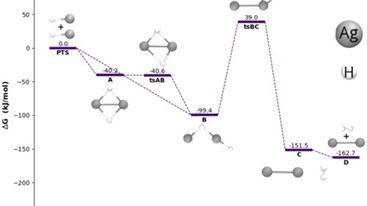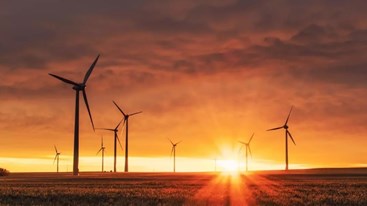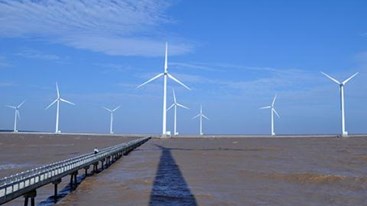Monday, 22/12/2025 | 02:21 GMT+7
![]() Americans are using less energy overall and
making more use of renewable energy resources.
Americans are using less energy overall and
making more use of renewable energy resources.
The
![]() "Energy use tends to follow the level of
economic activity, and that level declined last year. At the same time, higher
efficiency appliances and vehicles reduced energy use even further," said
A.J. Simon, an LLNL energy systems analyst who develops the energy flow charts
using data provided by the Department of Energy's Energy Information
Administration.
"Energy use tends to follow the level of
economic activity, and that level declined last year. At the same time, higher
efficiency appliances and vehicles reduced energy use even further," said
A.J. Simon, an LLNL energy systems analyst who develops the energy flow charts
using data provided by the Department of Energy's Energy Information
Administration.
"As a result, people and businesses are using less
energy in general." The estimated

Energy use in the residential, commercial, industrial and transportation arenas all declined by .22, .09, 2.16 and .88 quads, respectively. Wind power increased dramatically in 2009 to.70 quads of primary energy compared to .51 in 2008. Most of that energy is tied directly to electricity generation and thus helps decrease the use of coal for electricity production.
![]() "The increase in renewables is a really
good story, especially in the wind arena," Simon said. "It's a result
of very good incentives and technological advancements. In 2009, the technology
got better and the incentives remained relatively stable. The investments put
in place for wind in previous years came online in 2009. Even better, there are
more projects in the pipeline for 2010 and beyond."
"The increase in renewables is a really
good story, especially in the wind arena," Simon said. "It's a result
of very good incentives and technological advancements. In 2009, the technology
got better and the incentives remained relatively stable. The investments put
in place for wind in previous years came online in 2009. Even better, there are
more projects in the pipeline for 2010 and beyond."
The significant decrease in coal used to produce electricity can be attributed to three factors: overall lower electricity demand, a fuel shift to natural gas, and an offset created by more wind power production, according to Simon.
![]() Nuclear energy use remained relatively flat
in 2009. No new plants were added or taken offline in this interval, and the
existing fleet operated slightly less than in 2008.
Nuclear energy use remained relatively flat
in 2009. No new plants were added or taken offline in this interval, and the
existing fleet operated slightly less than in 2008.
Of the 94.6 quads consumed, only 39.97 ended up as energy services. Energy services, such as lighting and machinery output, are harder to estimate than fuel consumption, Simon said.
The ratio of energy services to the total amount of energy used is a measure of the country's energy efficiency.
Carbon emissions data are expected to be released later this year, but Simon suspects they will tell a similar story.
"The reduction in the use of natural gas, coal and petroleum is commensurate with a reduction in carbon emissions," he said. "Simply said, people are doing less stuff. Therefore, they're burning less fuel."
Lawrence Livermore National Laboratory has helped to
visualize the Energy Information Administration's
![]()
sciencedaily.com








 Webinar 2: “Financial Support for Energy Efficiency Enterprises – Opportunities and Challenges”
Webinar 2: “Financial Support for Energy Efficiency Enterprises – Opportunities and Challenges”
 Vietnamese enterprises achieve green growth and cut costs through energy efficiency
Vietnamese enterprises achieve green growth and cut costs through energy efficiency
 Capacity Building for Program Implementing Entity
Capacity Building for Program Implementing Entity
 Enhance Energy Efficiency Knowledge for Managers of Cement Industrial Enterprises
Enhance Energy Efficiency Knowledge for Managers of Cement Industrial Enterprises
 Promoting Energy Efficiency for Technical Staff of Brick and Ceramic Sector
Promoting Energy Efficiency for Technical Staff of Brick and Ceramic Sector
 Capacity building for participating financial institutions of the VSUEE Project
Capacity building for participating financial institutions of the VSUEE Project
 Capacity building for participating financial institutions in Ho Chi Minh City
Capacity building for participating financial institutions in Ho Chi Minh City